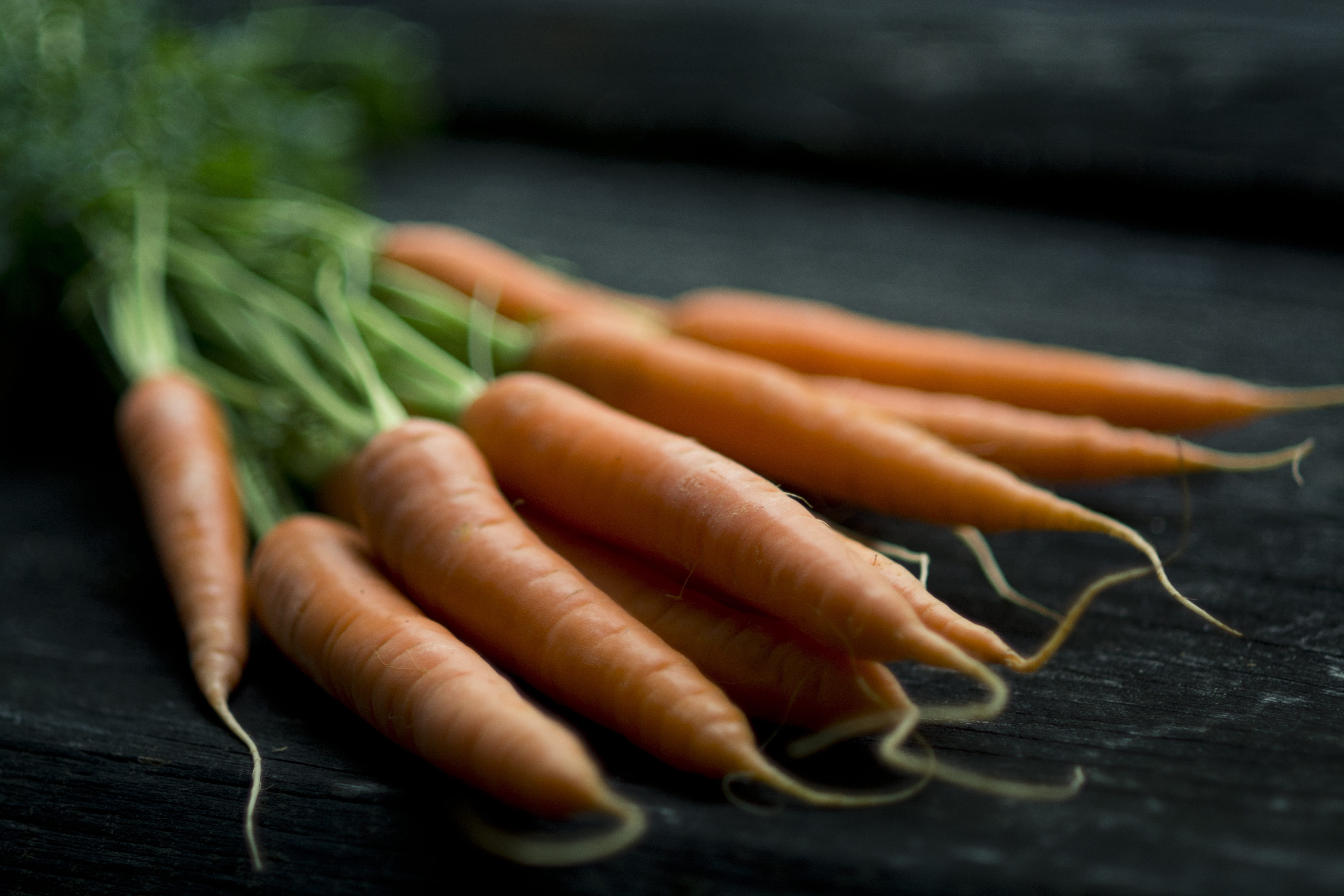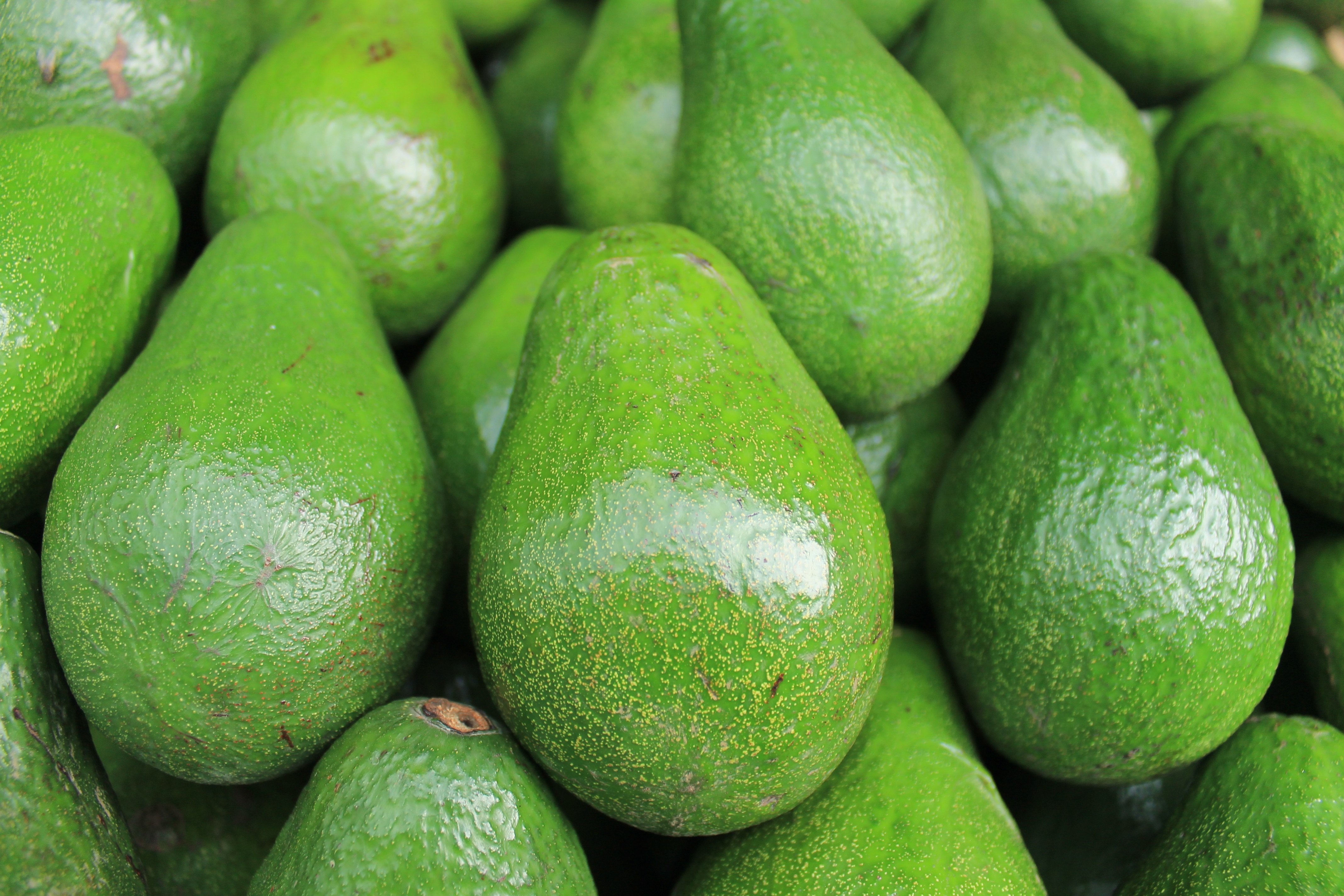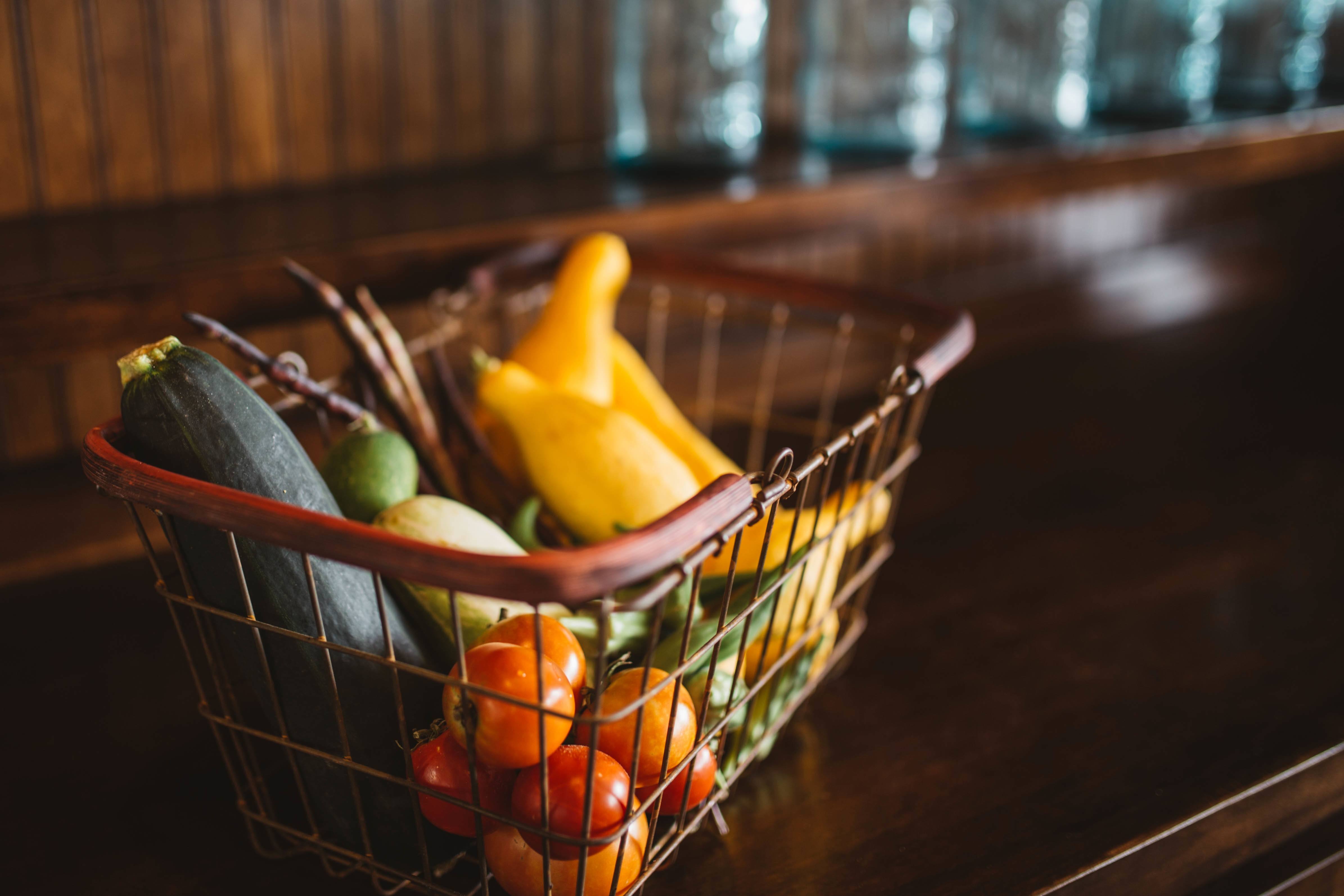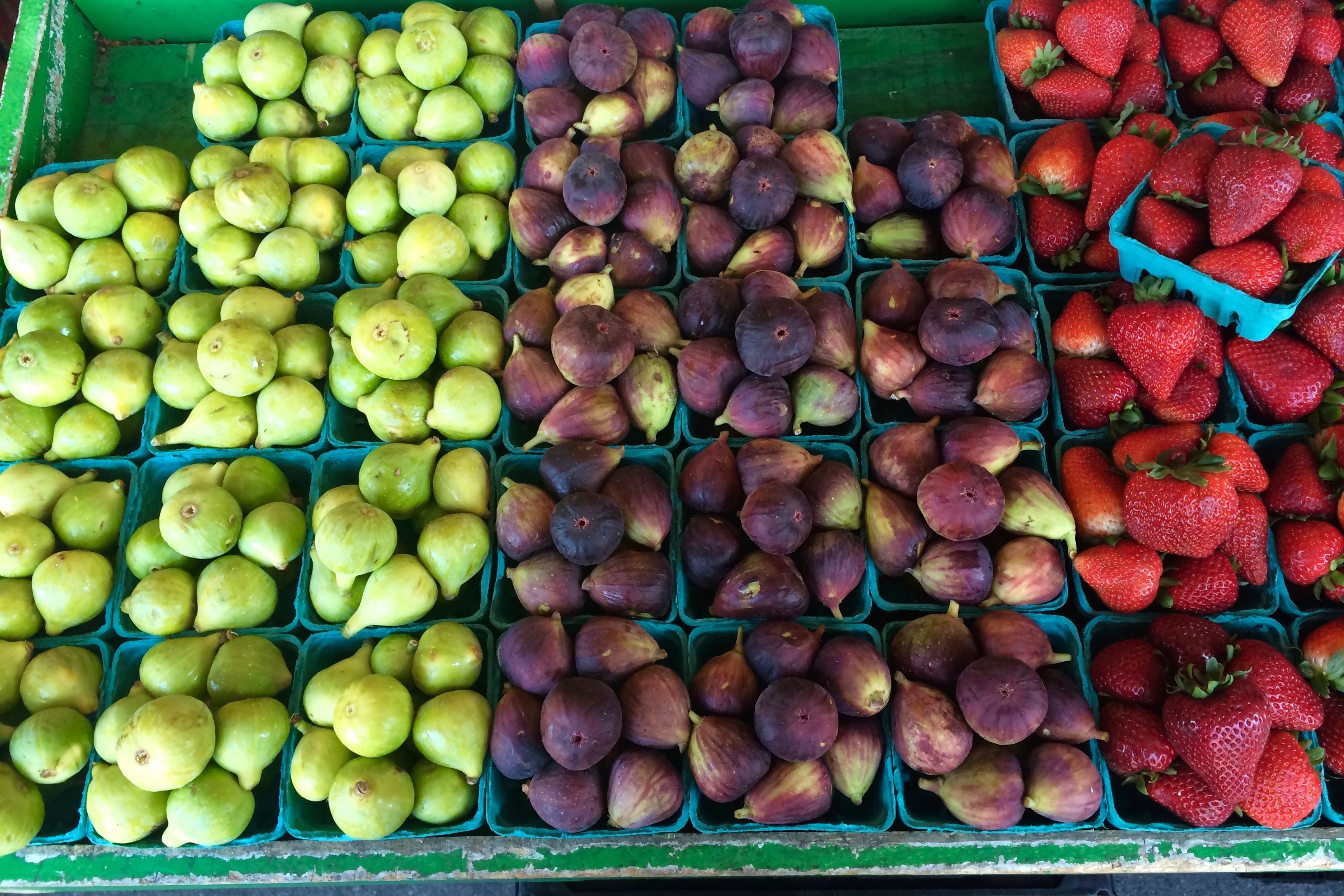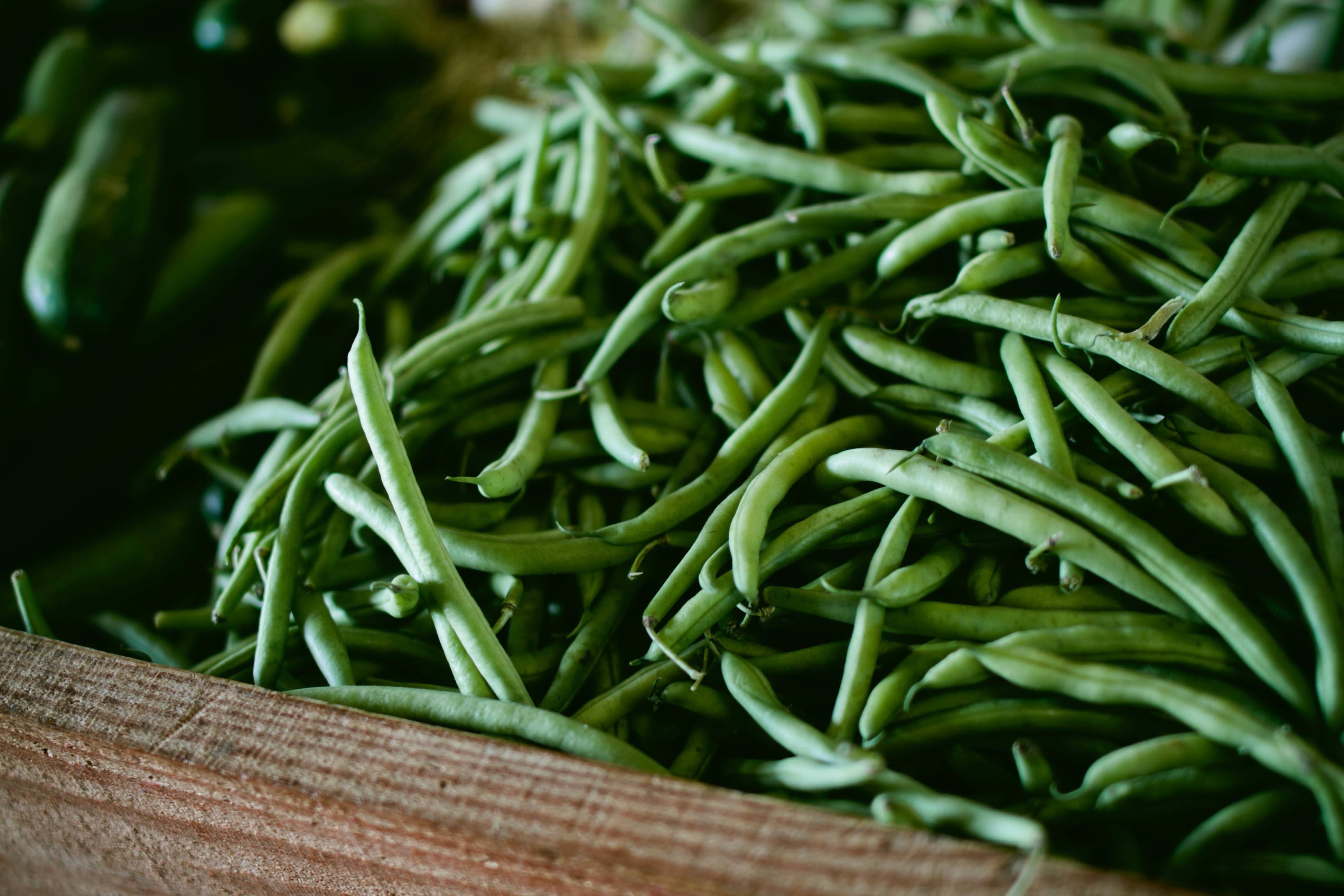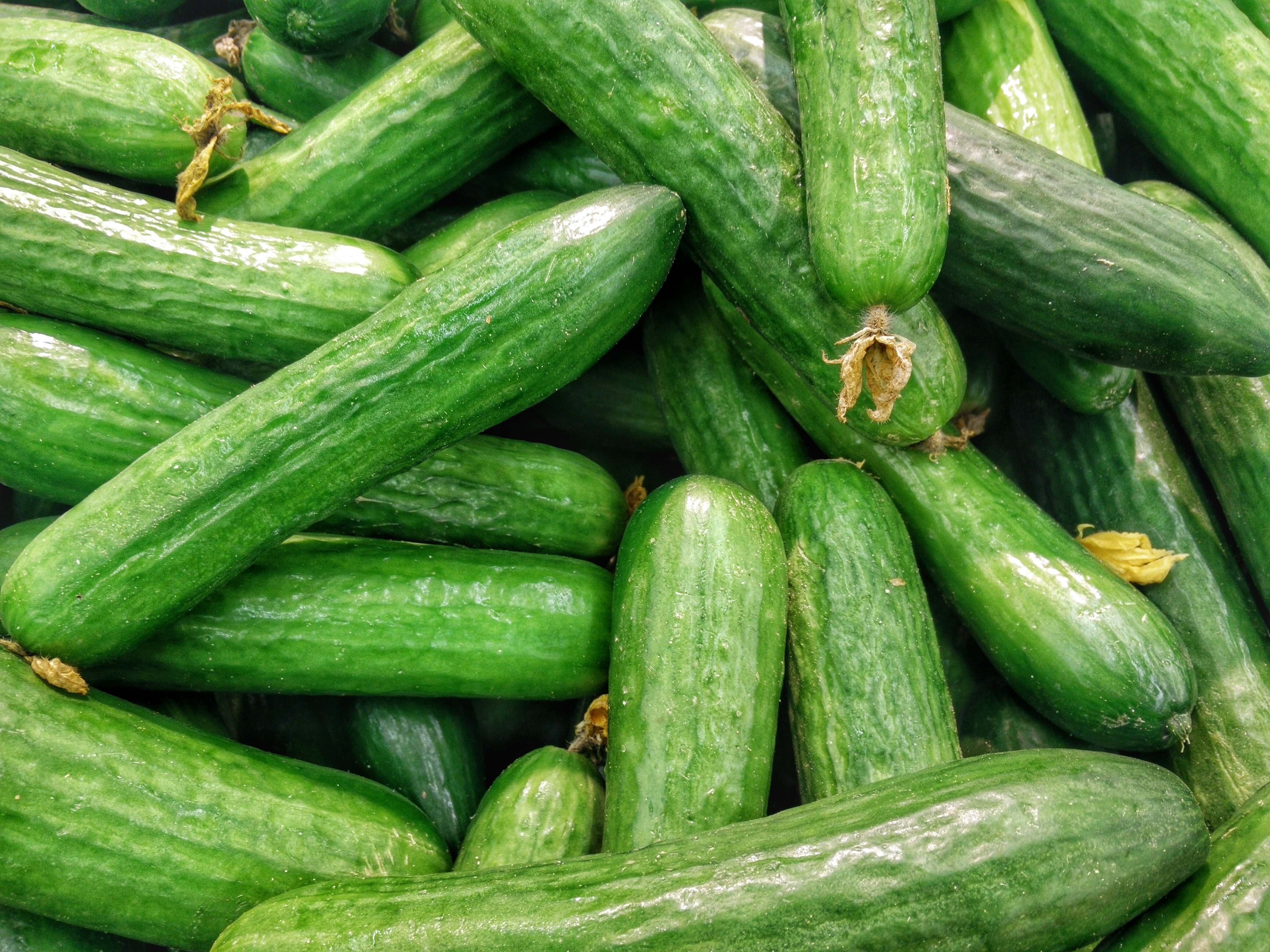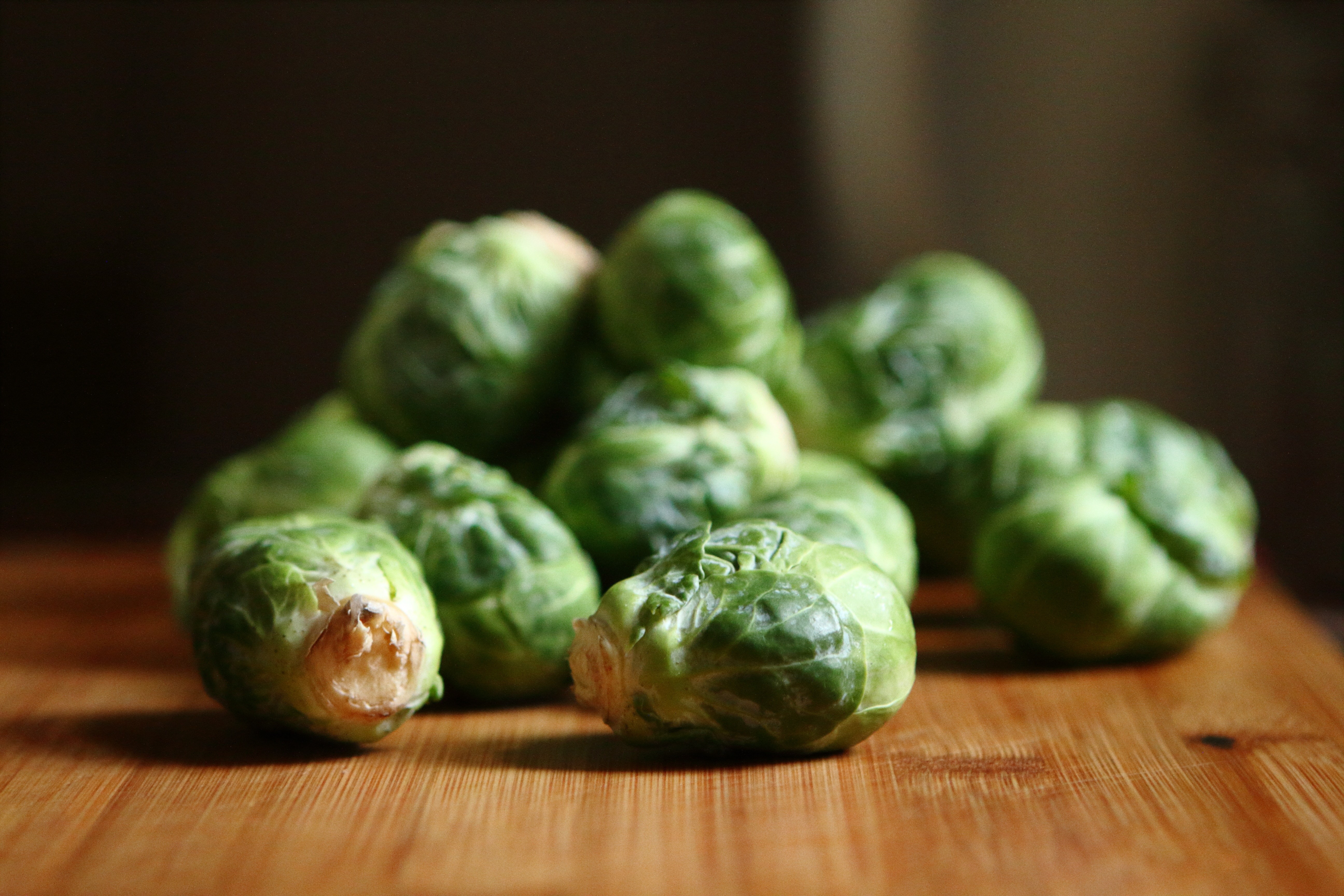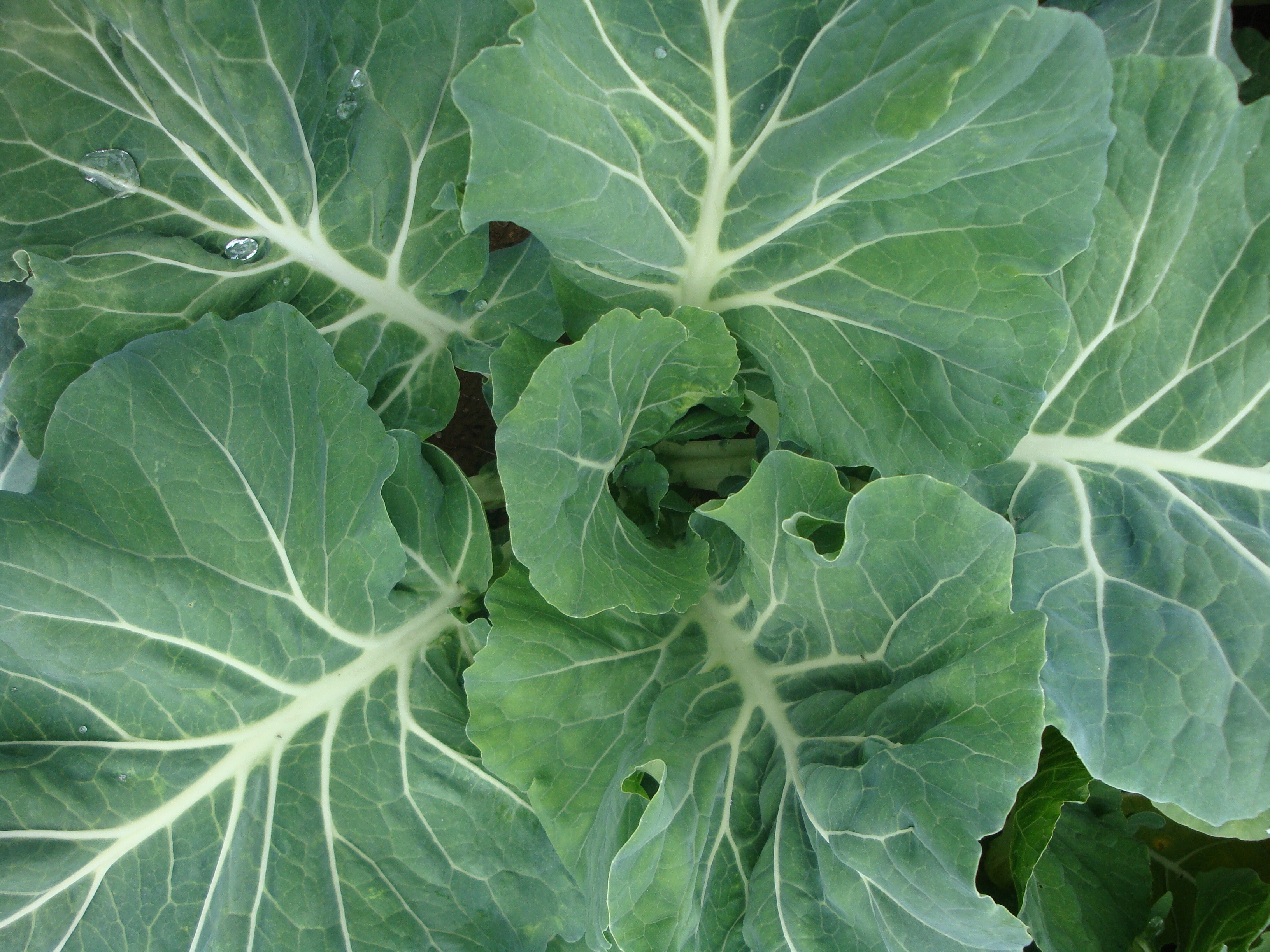When we’re trying to stick to a healthy diet, it can definitely get boring. Another spinach salad? More raw cucumber? But eating healthy doesn’t mean you always have to stick to the same old stuff.
With these 10 creative ways to cook fruits and vegetables, you can make simple, refreshing dishes that are full of nutrients and health benefits. They taste so good that you won’t realize just how healthy they are!
1. Microwave them.
When most people think of the microwave, they think of easy-cook TV dinners and sodium-packed canned soup. But did you know that you can make healthy dishes in the microwave, too? You can cook nearly any vegetable in the microwave, but one of the easiest dishes to make is fresh carrots. Microwaved carrots are effortless and provide carotenoids that may reduce the risk of cancer and vitamin A that keeps eyes sharp.
Sweet Carrots
Required ingredients: baby carrots, water, brown sugar, butter, white wine vinegar, salt
Simply add the carrots and about 2 tablespoons of water to a bowl, cover it, and microwave for about five minutes (or until the carrots reach your desired tenderness). Drain the water, stir in the rest of the ingredients, and serve.
2. Bake them.
Baking is a great alternative to deep fried foods, as you can achieve the same level of crisp, delicious crunchiness without the grease and saturated fat from the deep fryer. One of the best recipes for a baked vegetable is baked avocado fries. These delicious fries have a crunchy shell and a creamy middle. The avocado provides many health benefits including fiber, B vitamins, folate, and healthy, cholesterol-lowering monounsaturated fats.
Crispy Baked Avocado Fries
Required ingredients: avocados, flour, eggs, chili powder, salt and pepper, panko bread crumbs, lemon juice
Cut the avocados into slices of whatever size you prefer. Dredge them in a mixture of flour and spices, then in the eggs, and then in panko bread crumbs. Place them in a single layer on a baking sheet, and bake for about 20 minutes or until the fries are golden and crispy.
3. Boil them.
Boiling is a simple and healthy way of cooking fruits and vegetables, and it’s a great way to avoid adding fat or salt from oil and butter. It may sound boring, but you can make surprising dishes just with a little bit of boiling. This creative recipe Filipino twist on classic Japanese veggie sushi takes boiled rice and boiled vegetables and combines them into a healthy veggie sushi roll. The squash adds a fibrous dose of vitamin A and cancer-preventing carotenoids.
Vegetable Sushi
Required ingredients: rice, sugar, vinegar, squash, carrots, malunggay leaves, pechay Tagalog, salt and pepper
This recipe calls for Filipino ingredients like malunggay leaves and pechay Tagalog, which can be substituted with bok choy or another nutritious leaf lettuce. Boil the rice, carrots, and squash separately. Cut the carrots into thin slices, and mash the squash with spices of your choice. Fill blanched bok choy leaves with the cooked rice, carrots, and squash, and roll into sushi-style hand rolls.
4. Dehydrate them.
Dehydration is another incredibly easy (and traditional) way to prepare fruits and vegetables. In addition to the nutrients from the all-natural fruits you choose, dehydrating requires no added sugars or preservatives. You get all of the health benefits of the fresh fruit but with a more concentrated flavor and longer shelf life.
Homemade Dried Fruit
Required ingredients: any fruit you like
Wash and peel your selected fruit. For best results, choose a fruit that is just ripened and free from bruises or blemishes. Place the fruit on a baking sheet, leaving at least 1 inch of space between them. Let them dry in an oven heated to 170 degrees Fahrenheit, with the oven door ajar. Stir as needed, baking up to 8 hours until the fruit is lightly chewy.
5. Steam them in a slow cooker.
Rice cookers aren’t just made for cooking rice! You can also steam vegetables in them easily; some rice cookers even come with a steaming basket and corresponding power setting. But why stop at plain steamed vegetables when you can make gourmet dishes like a frittata? This recipe provides healthy protein from the eggs and vitamins and minerals from the lightly sauteed vegetables.
Rice Cooker Frittata with Summer Vegetables
Required ingredients: garlic, bell peppers, potato, zucchini, olive oil, salt and pepper, eggs, cheese
To prepare for steaming in the rice cooker, saute chopped vegetables with garlic and olive oil. Add the egg mixture and cheese to the rice cooker, and then stir in the lightly cooked vegetables. Set the rice cooker to the regular rice setting, and wait until the cooker indicates that it’s done. Enjoy!
6. Slow-cook them.
Slow-cooking is a great way to prepare almost any food, even fruit! It requires almost no preparation or attention, and you have total control over the ingredients and nutrition profile of your dishes. One surprising slow-cooker dish is apple sauce. In addition to the high fiber, apples are also particularly rich in quertecin, an antioxidant that research has shown to slow cell death. Homemade apple sauce is healthier than store-bought versions, too, since it’s free of preservatives and lower in sugar.
Slow-cooked Apple Sauce
Required ingredients: apples, sugar, water, salt, cinnamon, butter, vanilla extract
Place the apples, sugar, water, salt, and cinnamon in a slow cooker, cooking them on low for about eight hours. Add the butter and vanilla extract, allow the sauce to cool, and enjoy.
7. Blanch them.
Blanching not only maximizes the health benefits by preserving the vitamins and minerals of fresh vegetables, but it also removes any bitterness and gives veggies a nice pop of color. To blanch any vegetable, simply place it in boiling water for a short time (usually around one minute), remove, and immediately place into an ice bath to cool.
Green Beans with Lemon and Garlic
Required ingredients: green beans, garlic, olive oil, butter, red pepper flakes, lemon
Blanch the fresh green beans in a pot of salted water. Lightly heat butter with the garlic and spices, and the pour the sauce over the blanched green beans. Top with lemon zest, and season with salt and pepper to taste.
8. Pickle them.
Pickles may not seem healthy right away, but fermentation actually increases the probiotic content of vegetables. Keep in mind that naturally fermented pickles (ones that are not based on vinegar) are much higher in probiotics than quick, vinegar-based pickles. Cucumbers may be the most commonly eaten pickled food, but beets are another great vegetable to pickle due to their high potassium, folate, and fiber.
Fermented Beets with Ginger and Orange
Required ingredients: beets, fresh ginger, vegetable starter culture, orange, honey, pickling spice
Mix vegetable starter culture with honey, and pour over the beets, ginger, orange, and pickling spice in a mason jar. Add enough water to cover the vegetables, and allow them to ferment at room temperature for about one week.
9. Roast them.
Once an underappreciated food (and not just by children!), brussel sprouts have recently started to receive their due praise. High in vitamins C, A, and K, Brussel sprouts are also packed with antioxidants that help promote healthy blood flow.
Roasted Brussel Sprouts
Required ingredients: Brussel sprouts, olive oil, salt and pepper
Remove any brown or yellow parts from the Brussel sprouts, and mix them well with olive oil, salt, and pepper. Roast them on a sheet pan for about 40 minutes, stirring them as desired for even cooking.
10. Don’t cook them.
The easiest way to cook fruits and vegetables is, well, not cooking them! Eating raw foods preserves all of the natural vitamins and minerals in the ftuirs and vegetables and prevents the mess of pots and pans. Plus – eating raw isn’t just about baby carrots and hummus. This soup recipe is 100% raw, giving you all of the lutein, vitamin K, and iron of fresh spinach.
Cream of Spinach Soup
Required ingredients: spinach leaves, cucumber, tomato, water, avocado, garlic, soy sauce, sea salt, cayenne pepper, lemon juice, olive oil
This recipe requires just one step: blend everything together in a food processor, and serve! Lightly heat the soup on the stove if you prefer a warmed version.
Need more healthy recipes? Try out these 8 recipes for a quick and effortless lunch.
Featured photo credit: Leonie Wise via unsplash.com

